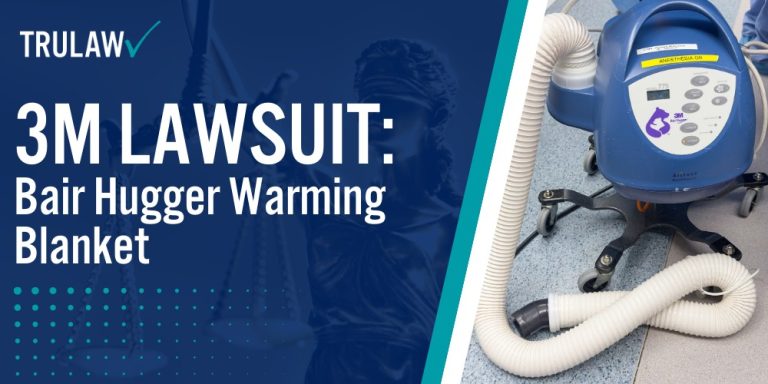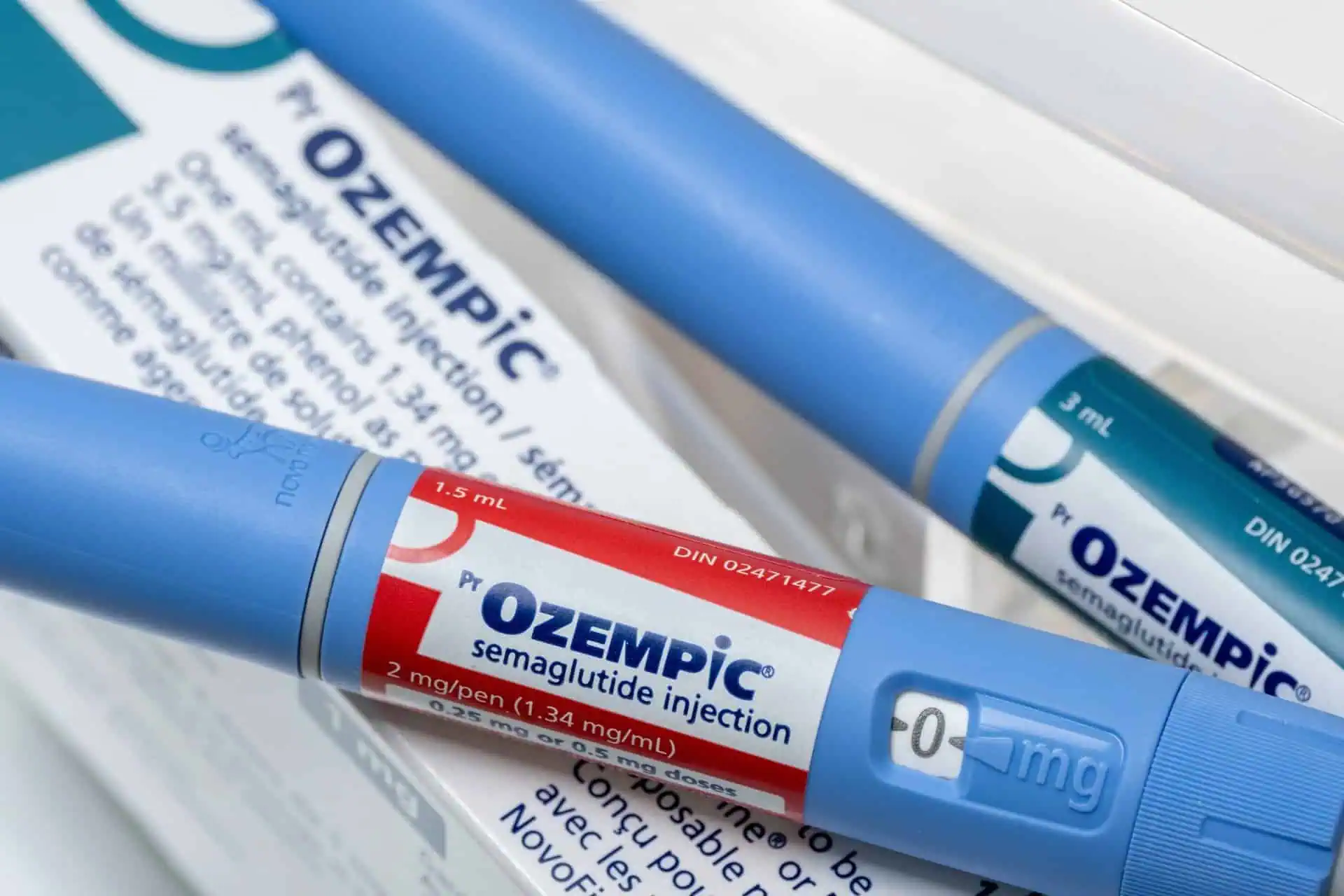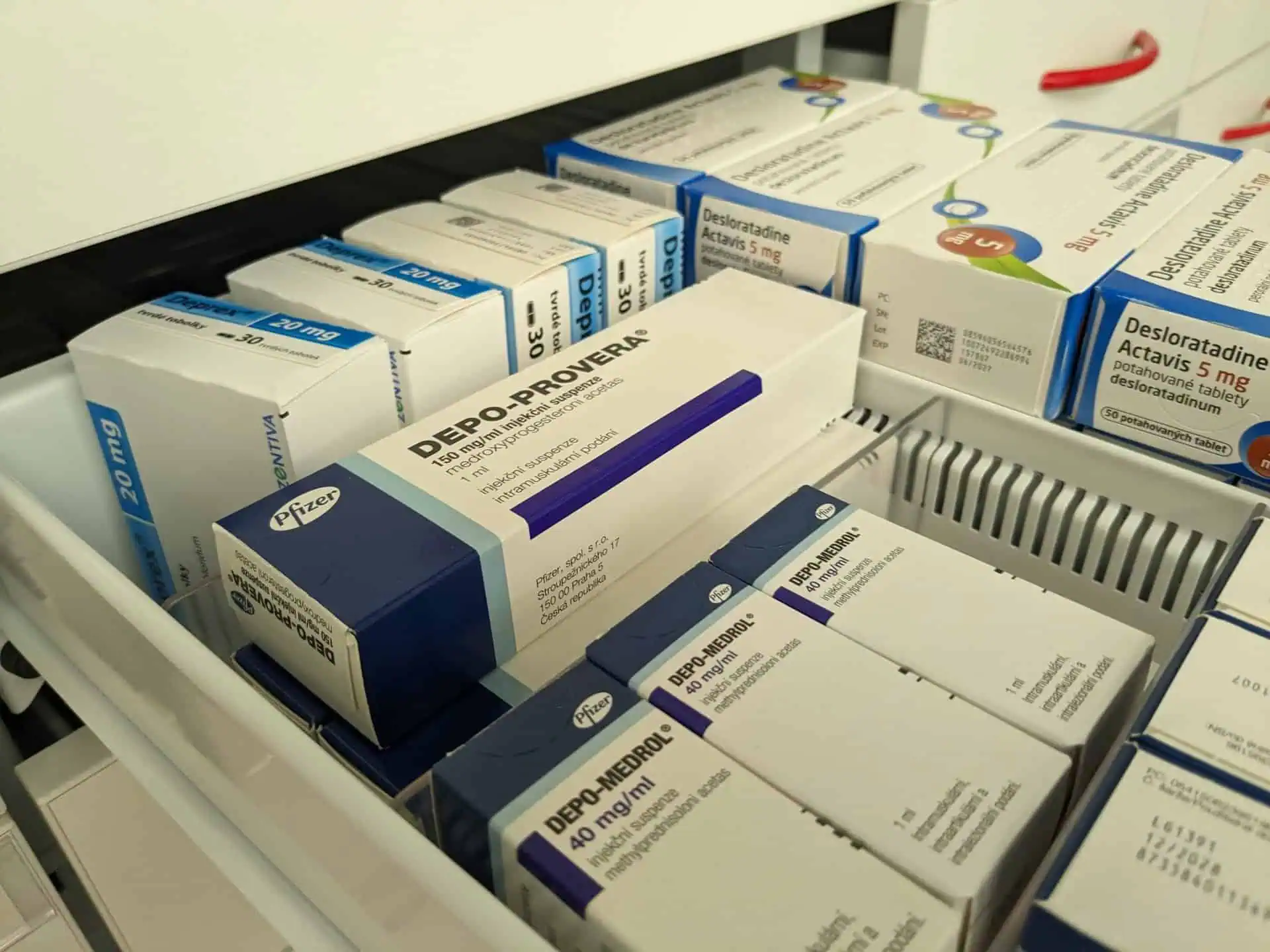Research into the Bair Hugger warming system’s potential link to infections during surgery has been ongoing since allegations surfaced about its safety.
Studies demonstrate significant increases in the risk of surgical site infections in patients using the Bair Hugger device.
Concerns about Bair Hugger warming blankets include increased infection rates, particularly surgical site infections, leading to numerous lawsuits filed by patients claiming harm from their use during various surgical procedures.
This epidemiological research, along with claims that 3M was aware of these risks but continued marketing the device, is central to numerous lawsuits.
However, further research is required to establish a causal relationship between these injuries and the Bair Hugger warming blanket in the 3M Lawsuit.
Potential Risks Linked to the Bair Hugger
The Bair Hugger system, widely used to maintain body temperature during surgical procedures, has been scrutinized for potential infection risks.
The McGovern epidemiological study found that patients using the Bair Hugger had a 400% increased risk of post-operative infections compared to those using alternative warming methods.
These findings support claims that the forced-air warming device, by potentially dispersing warm air and contaminated air, could elevate the chance of surgical site infections.
This risk has been highlighted in legal actions, suggesting that patients were exposed to unnecessary dangers due to the device’s design flaws.
Studies on potential infection risks may include, but are not limited to:
- 400% increased infection risk documented in 2011
- Documented concerns about contamination risks dating back to 2009
- Clinical evidence of forced-air warming systems potentially disrupting operating room airflow patterns
The McGovern findings, supported by subsequent research, demonstrate that the forced-air mechanism of the Bair Hugger might disperse bacteria from the operating room floor directly into open surgical sites.
Legal documents frequently cite this epidemiological evidence to question the safety and design of the device.
Despite this, some courts have dismissed claims, citing insufficient causal evidence linking the device directly to infections.
The debate over its safety continues to evolve as new clinical data and legal interpretations emerge.
Common Types of Injuries Reported in Bair Hugger Lawsuits
Lawsuits filed against the 3M’s Bair Hugger device often highlight serious postoperative infections, specifically after joint replacement surgeries.
In particular, knee replacement surgeries have been highlighted due to the significant increased risk of surgical site infections linked to the Bair Hugger device.
Alleged injuries commonly include deep joint infections, which can lead to severe complications such as additional surgeries, lengthy hospital stays, and chronic pain.
These injuries have fueled the litigation, with claimants arguing that the warming device’s airflow disrupts sterile fields, increasing the risk of bacterial contamination.
Types of injuries typically reported by plaintiffs of the 3M Lawsuit include, but are not limited to:
- Deep Joint Infections: These infections are particularly severe in patients who have undergone joint replacement surgeries, leading to further medical complications such as prolonged pain, additional surgeries, and lengthy recovery periods.
- Revision Surgeries: These are additional surgeries performed to address the infection and remove the device.
- Rehabilitation Needs: These are the physical and emotional impacts of the infections and surgeries, including extended hospital stays.
Patients involved in these lawsuits often face significant medical interventions and long-term health impacts.
The claims not only emphasize the physical toll of these infections but also the financial burden resulting from additional surgeries and prolonged recovery periods.
Litigation continues as plaintiffs seek compensation for these damages, asserting that the manufacturer failed to adequately warn of such risks.
As the case develops, more patients report their experiences, contributing to one of the biggest ongoing medical device litigations.










